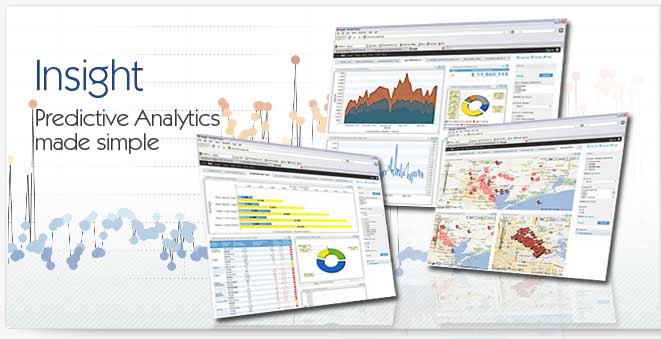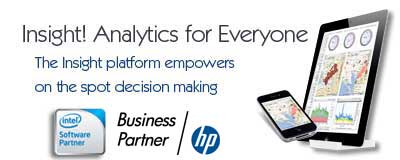Why Use Dashboard Reporting Examples
Dashboard reporting examples can be a constructive means of identifying the type of reporting a business intelligence solution needs to provide in order to satisfy company needs. Dashboard reporting examples can be found through a number of resources and avenues including business intelligence software vendors and third party sites like the Data Warehousing Institute (TDWI). Dashboard reporting examples are most useful to an organization during the planning phase of a business intelligence or reporting project as well as during the early phases of adoption.
When to use Dashboard Reporting Examples
As previously noted, dashboard reporting examples are most frequently useful only in the preliminary stages of research when an organization identifies the need for business intelligence. Using dashboard reporting examples a company can more easily identify the types of reports they may need as well as the features they may require from a reporting and dashboarding platform. As the organization begins to plan it's BI infrastructure, dashboard reporting examples might give valuable guidance on metrics that will be required and the process of deploying them.
Dashboard Reporting Examples From Vendors
One common source of dashboard reporting examples are vendor sites. Companies like Cognos, Business Objects and EMANIO often provide dashboard reporting examples as part of their trial versions of their software packages. The dashboard reporting examples from vendors most often are specifically designed to highlight the best features of each organization, so it's important to use dashboard reporting examples from vendors with that fact in mind. Regardless of the primary drivers for vendor based dashboard reporting examples they are nevertheless a useful resource for planning and identifying key features needed in dashboard reporting.
Dashboard Reporting Examples From Third Parties
Another source of dashboard reporting examples are third party information sites like the TDWI site mentioned earlier. Third party sites often provide dashboard reporting examples for more informational purposes and might be better suited for early planning stages, before you have made a selection as to the vendors that you will be engaging. While dashboard reporting examples from third party sites can be more balanced and informative they may also not highlight advanced features that vendor dashboard reporting examples would highlight. Because of the need for balance between informational and feature based dashboard reporting examples it's often a good idea to use both vendor and third party resources.
Problems with Dashboard Reporting Examples
There are challenges and problems in relying too heavily on dashboard reporting examples. Chief among them is the risk that your organization will simply mirror dashboard reporting examples from vendor sites or from third party sites without careful consideration to the impact of the dashboard reporting examples on your own metrics. For this reason it's critical to ensure that the dashboard reporting examples are used exclusively as a guideline to your own metrics and reporting needs.
|



